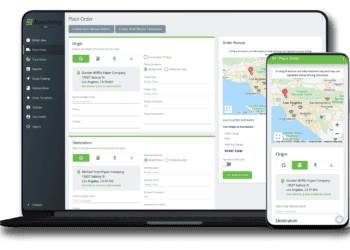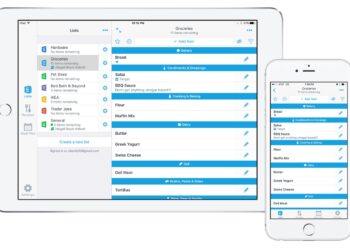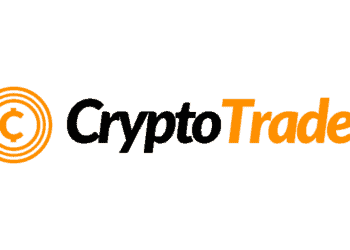According to Ibis World, the current size of the media buying industry in the USA is estimated to be around $10.6 billion. Growing 6.6% from the previous year, it’s clear that there is vast (and increasing) demand for these services, largely thanks to the fact that total advertising expenditure and consumer spending have increased as the economy continues to recover from the COVID-19 pandemic.
In order to capitalize on this welcome rise in consumer spending, business leaders are turning to media buying agencies to maximize revenue and get the best return on their marketing investment. It’s easy to see why using in-house resources alone are not enough to get the job done well, so for many businesses, turning to an agency for specialized expertise is the way to go.
Since the vast majority of marketing is digital, having access to advanced analytics for agencies is becoming an increasingly important asset for reaching clients’ target audiences in timeframes that are likely to yield the best results.
Armed with this information, a media agency can also obtain insights into niche target audiences, thanks to the tracking it conducts for an ad campaign, which then allows them to make adjustments on the fly to further increase the effectiveness of subsequent paid media campaigns. Here are some of the key metrics these agencies use to do just that.
Bounce Rate
When buying ads directly from webmasters as an agency, it is essential to consider the website’s bounce rate to determine whether or not it should be regarded as a viable option. Whenever a visitor bounces from a website, they are categorized as a non-engaged visitor. This is because they came to the site, didn’t find what they were looking for, and decided to leave before visiting any other pages.
Therefore, a high bounce generally implies:
- The page’s quality is low, so there’s nothing on the page that users want to engage with.
- The audience coming on the page doesn’t match the page’s purpose.
It’s true that when it comes to informational content, sometimes a high bounce rate indicates that people did find what they were looking for, but when they leave right away regardless, then you aren’t going to be able to get much attention on ads placed there, let alone click through.
In other words, your client’s marketing budget is wasted by displaying ads to unengaged website visitors that are highly unlikely to click on or even notice the advertisement.
So, what exactly constitutes a reasonable bounce rate? It all depends on the industry and the function of the page that is being measured. Consider the context and mind your benchmarks.
Average Visit Duration
In addition to bounce rate, average session duration contributes to the user engagement story by highlighting how long users stay on any given site.
Whereas the prospective ad placement’s bounce rate is the percentage of visitors who leave after loading one page, the visit duration is presented in a number of minutes, so that even if someone doesn’t click around the site extensively, if they spend a good amount of time on one page, you’ll see that.
In this sense, visit duration is a useful metric for indicating engagement and the true value of a site’s content. Media buying agencies can use this data to determine whether or not a site is a good fit for an advertisement, since the longer the visit, the more likely someone will engage with an ad, which is where the value is for your agency’s clients.
Geolocation Data
While digital advertising is a numbers game, this doesn’t mean that agencies can be careless with clients’ budgets and place ads for just anybody to view. These days, it’s relatively easy to rack up the view count, but it’s the quality of those impressions that makes the difference, not the quantity.
With this in mind, one of the most important metrics that media buying agencies must observe is geolocation data. In other words, what is the location of a site’s core audience? While this may sound fundamental, it’s an exceedingly important metric to consider for several reasons.
Firstly, suppose your product or service is only available to those in the United States (maybe because that’s the only place you ship to, or you are only permitted to service US citizens). In that case, displaying an advert to anybody outside of that demographic is a sunk cost.
Secondly, having a deeper understanding of the demographics of the individuals that the media will be displaying allows the agencies to tailor the ad creative to that particular audience. As you know, likes, interests, cultures, and traditions all vary wildly from country to county. Even countries that speak the same language, such as the US and the UK, will typically require vastly different media campaigns since the consumers in those areas react differently to the various media formats and marketing strategies.
Finally, if you can access data with enough precision, location-based marketing enables businesses to target consumers at the granular level with online or offline messaging based on their physical location. Marketing teams can use location data to reach consumers based on qualifiers such as proximity to a store, events in their area, and more, subsequently increasing the effectiveness of media campaigns.
Final Words
With consumer spending expected to increase substantially as we slowly edge our way out of the global pandemic, media buying agencies are growing in demand as businesses look to maximize their ad spend. Using data analytics, these media buyers can highlight the best engagement channels and advertising mediums likely to yield the best ROI with any given target market.
In addition to this, media buying agencies can also implement data analytics to gain feedback on the campaign. This allows you to assess the effectiveness of your client’s spend, which could highlight potential areas for improvement or signal areas to double down.






